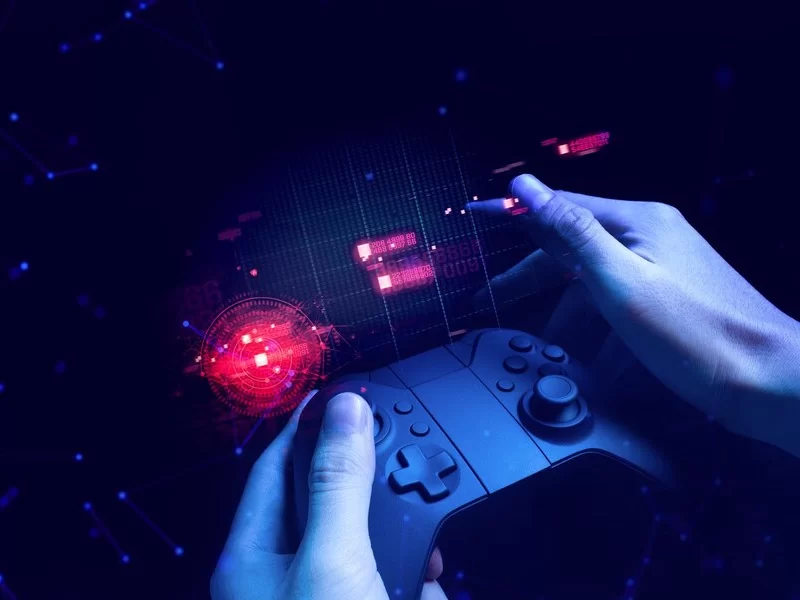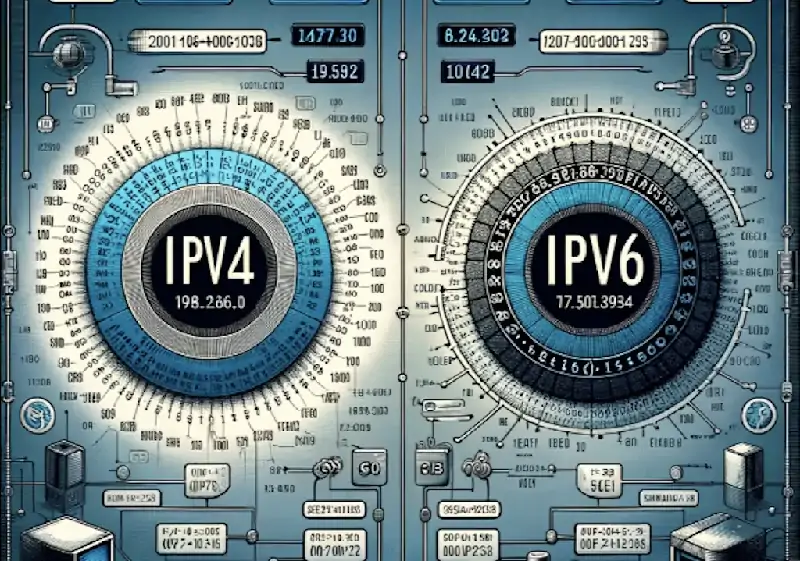- Web3 gaming revolutionizes gameplay by leveraging blockchain technology. It provides players with genuine ownership of in-game assets such as weapons and characters. Moreover, these assets can be utilised across multiple games that support interoperability, offering players greater flexibility and freedom in their gaming experiences.
- Traditional gaming models lack true ownership of in-game assets, as players merely hold licenses to use them, controlled by game operators.
- Centralized servers in traditional gaming pose security risks, leading to the emergence of grey markets and vulnerabilities to hacks and scams.
- Web3 gaming solutions, including DAOs, blockchain-based asset ownership, play-to-earn mechanics, crypto-secured wallets, and metaverse integration, aim to address these issues through decentralization and enhanced security measures.
Web3 games, built on the innovative foundation of blockchain technology, represent a huge shift in the gaming industry. These games enable players to achieve actual ownership of their in-game assets, a feature facilitated through non-fungible (NFTs) or fungible tokens.
History of Web3 gaming
The journey of Web3 gaming began with the rise of blockchain technology, notably Ethereum, in the early 2010s. A notable milestone was the launch of CryptoKitties in 2017. This pioneering game allowed players to collect, breed, and trade digital cats, with each cat being a unique asset recorded on the Ethereum blockchain. CryptoKitties proved that in-game items could hold real-world value, sparking interest in using blockchain in gaming.
As time passed, more games embraced blockchain, leading to the growth of Web3 gaming. Titles like Axie Infinity, Decentraland, and Lost Relics emerged, each bringing their own exciting features and advancements to the world of Web3 gaming.
Also read: Game tech firm Square Enix boosts Web3 gaming with HyperPlay
What is Web3 gaming?
Web3 gaming is all about decentralization. It means taking control away from a central authority and giving it to the players themselves. In these games, decisions about the game’s future and who owns what are made by the gamers, not by a company.
To make Web3 games, developers use blockchain technology, which is like a digital ledger. It lets players have a say in how the game grows. These games also change how players make money. Instead of paying to play, they can earn tokens and even real cryptocurrencies by trading assets within the game.
In Web3 games, players have a fair chance to own digital stuff in the game. These things are stored as unique tokens called NFTs, which stand for Non-Fungible Tokens.
Web3 games also make it easy for players to connect across different gaming platforms. This is called interoperability. It depends on what kind of blockchain is used. Platforms like Polkadot or Solana help different blockchains talk to each other.
Now that we understand Web3 gaming, let’s dive into its features in the next section.
Also read: Sony Bank trials cryptocurrency for gaming, sports IP payments
How Web3 gaming differs from Web2 gaming
Web3 gaming differs significantly from its predecessor in several key ways.
First off, it brings in the idea of “real ownership.” In the old Web2 games, the game company basically owns everything you have in the game. But in Web3 games, they use something called NFTs to show that players really own their stuff. This means you can buy, sell, and trade your game items freely, even outside the game.
Next, Web3 gaming makes it easier for things to work together. In the old games, your items are stuck in one game and can’t be used anywhere else. But in Web3, you can use your stuff across lots of different games and worlds. This makes gaming more fun because you’re not stuck in one place.
Lastly, Web3 gaming lets you earn while you play. In the old games, the game company makes most of the money from players buying things in the game. But in Web3 games, gamers can now earn cryptocurrencies and rare NFTs by participating in the game’s ecosystem, effectively turning their passion for gaming into a viable source of income.

What are the key features of Web3 gaming?
Web gaming represents a new era in gaming, where players can truly own and trade their in-game items as unique NFTs using digital currencies. It’s all about giving players control and freedom. Let’s dive into the key features of Web3 gaming.
1. Ownership and Compatibility
Web3 gaming gives players complete ownership of their in-game goodies, unlike traditional gaming where you lose everything if you switch platforms. With Web3, your items are yours to keep, and you can take them with you wherever you go.
2. Integration of Classic Games
Web3 gaming does something pretty cool by bringing older games into the modern world. It updates and enhances them, allowing players to enjoy their favorite classics in new ways, like creating avatars and trading in-game treasures.
3. Player-Centric Experience
Web3 gaming is all about putting players first. You can earn money from your gaming skills, enjoy your favorite old games in new ways, and have complete control over your gaming experience.
4. Minimal Downtime
Web3 gaming systems are super efficient and require very little maintenance. They rarely go down, thanks to advanced technology and smart design.
5. Transparent Gaming
In Web3 gaming, everything is out in the open. Games are hosted on blockchains, making them secure and transparent. No more worrying about hackers or unfair play – everyone gets a fair shot.








